Respiratory diseases spread everywhere, many Chinese hospitals were severely overloaded
– Recently in China, especially in the North, respiratory infectious diseases such as RSV (respiratory syncytial virus), influenza, and pneumonia caused by mycoplasma tend to flare up, causing an overload of the medical system. economy, making people worried.
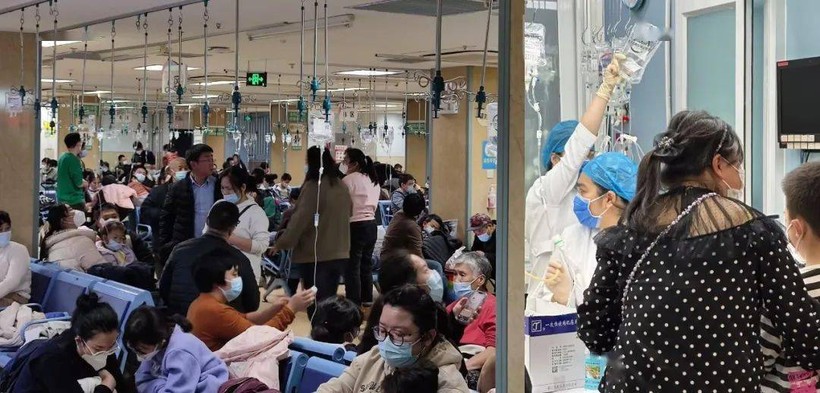
Many types of respiratory diseases broke out at the same time in many places
Respiratory diseases have recently broken out in many places in China, such as influenza A, influenza B, COVID-19, mycoplasma pneumoniae (bacteria that causes common pneumonia in children), Adenovirus, respiratory syncytial virus respiratory tract (SRV) etc., in which influenza is the main and most serious disease in children.
Large-scale pneumonia epidemics have broken out in Beijing, Tianjin, Shanghai, Guangzhou, Shenzhen, Chengdu, Zhuhai... and are spreading rapidly. Sick children continuously have high fevers and can even develop severe pneumonia.
Officials also urged people to wear masks when going out and maintain hygiene habits, frequent hand washing and ventilation.
Rising acute respiratory illnesses in China prompted the World Health Organization (WHO) to request that China provide detailed information and information on known pathogens.
According to official Chinese media agencies such as CCTV and People's Daily, Mr. Mi Phong - Spokesperson of the National Health & Medical Commission - said respiratory infectious diseases The main thing that is currently common in China is influenza and the government is also promoting influenza vaccination.
Mr. Me Phong pointed out that the government requires hospitals at all levels to make efforts to open more clinics and treatment areas, extend appropriate service hours, strengthen drug supply assurance and improve treatment capacity. treatment; At the same time, we urge the public to maintain hygiene habits such as wearing masks, ventilate regularly, wash hands frequently, create habits, and encourage key groups such as the elderly and young children to be vaccinated.
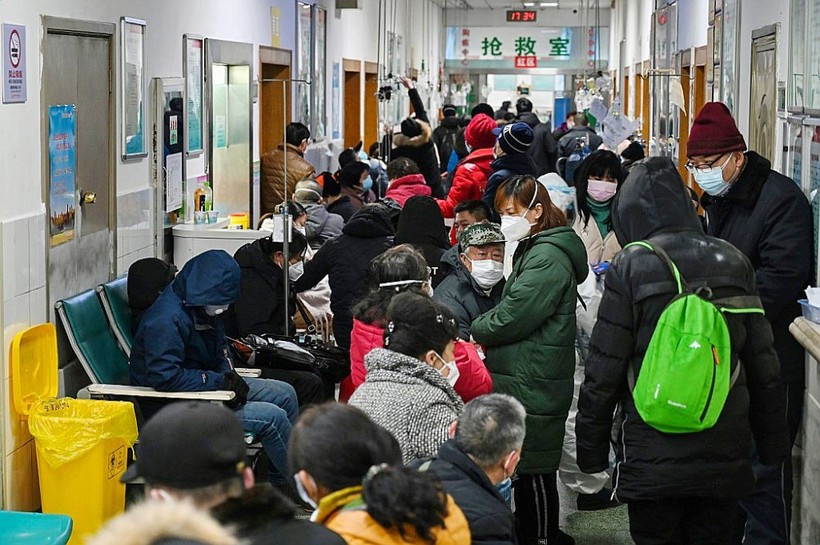
The press reports that different diseases are currently prevalent in different age groups in China: In infants and young children from 1 to 4 years old, mainly influenza and Rhiovirus; children 5 to 14 years old with influenza and Mycoplasma and Adenovirus; from 15 to 59 years old get flu, new Corona virus and Rhiovirus, while people over 60 years old mainly get flu and Human metapneumovirus.
The health care system is overloaded and a number of children have died
Due to this wave of respiratory diseases breaking out at the same time in many places, pediatric clinics and emergency rooms in large hospitals in many places such as Beijing, Shanghai, Guangxi, and Henan are overloaded, and the system is overloaded. The medical system in many places is seriously overloaded, in which, Peking University Women's and Children's Hospital had to redeploy "cabin hospitals" established during the previous COVID-19 epidemic blockade. Here, used as a temporary infusion room.
Even the former Editor-in-Chief of the Global Times - Mr. Hu Xijin - even posted on weibo saying his niece had a fever of 40.6 degrees Celsius, which she had never seen before. such a high fever. He wrote: “Most pediatric departments in hospitals are overloaded; People waited in line to be examined at class A hospitals in Beijing for about 5 hours; The time to wait in line for the infusion was even longer. At night, I took my child to the hospital to register and only saw him
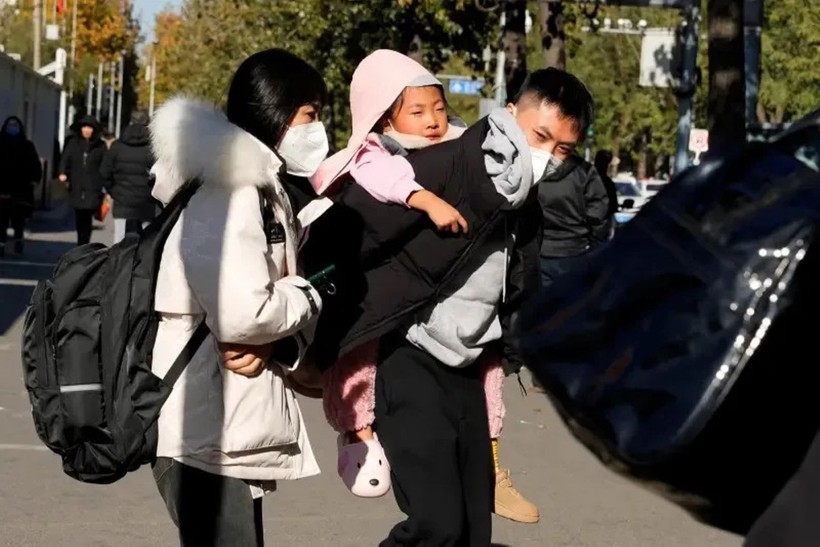
With the outbreak of pneumonia of unknown cause, many children in China have died. A netizen posted: "A girl in my son's class had pneumonia caused by mycoplasma and had a continuous fever for a month. She passed away yesterday." A 2-year-old child in Heilongjiang had a fever and died after being hospitalized for more than 10 days. Tianjin No. 2 People's Hospital on November 12 announced the critical condition of a 4-year-old child.
On November 23, former journalist Zhao Lanjian said that a few days ago he learned that many children had pneumonia caused by mycoplasma in Dalian and Liaoning and some children died. He said an 11-year-old girl named Chen in Dalian died of pneumonia caused by mycoplasma...
Inevitable developments after the COVID-19 epidemic?
Tencent Group's QQnews news page on November 25 published an article by an expert about the current epidemic situation in China. The article says: The current situation appears to be similar to when the “Zero Covid” policy began to be completely lifted last winter; In particular, the infection situation among children is very serious.
Hospitals in many places are overloaded from clinics to inpatient treatment areas; In some places, the waiting time for emergency treatment exceeds 24 hours, parents have to bring their own folding chairs to fill the hallways, in some places the number of tickets waiting for emergency examination exceeds 1,000 and the number of patients waiting for intravenous fluids exceeds 1,000. more than 1,600 times.
The article writes: Currently, a new term appears online, called "immunity debt", whose origin is unknown. But the phrase itself is very bad, easily leading to misunderstandings. “Immunity gap” , or poor immunity, is perhaps the most appropriate description of the main cause behind the current epidemic situation in China, and is also very easy to understand.
On the contrary, the biggest problem with the description of “immune debt” is that it strays from its original relevance and inexplicably adds drama, easily causing misunderstandings when the fuss becomes apparent. Opinion in intentional and unintentional perception is already very large, and the self-care of the general public itself is also very unsettled.
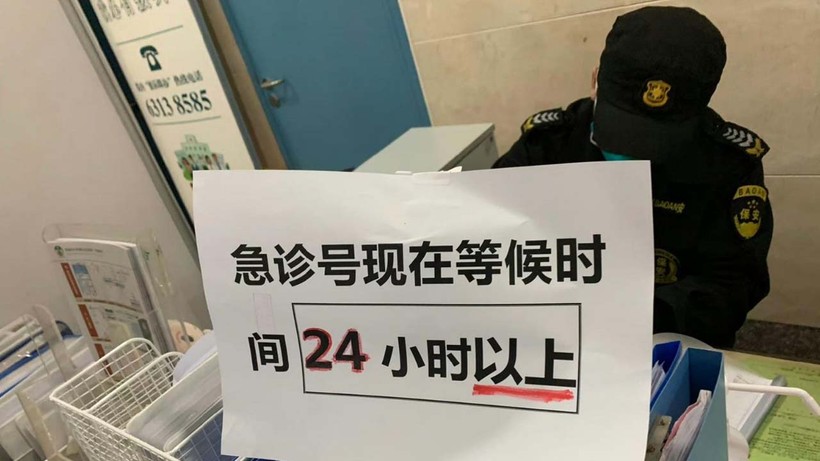
Recently, a series of surprising comments and responses have appeared: On the one hand, many people believe that the current respiratory disease epidemic in China is caused by the COVID-19 virus, which has damaged people's immunity. China. On the other hand, people are skeptical about the "Immunity gap", this is the most reasonable explanation today. When raising this issue, they explain the "Immunity gap" as "immunity debt", they ironically say that Europe Europe, the US and Japan have also recently seen an increase in cases, but haven't they all been "flattened" like China?
This is the myth of the expression “Immunity gap”. It makes Chinese people mistakenly think that it is a debt, if it is paid off, it is okay.
The article claims that, from a scientific point of view, everything is as simple, clear and classic as textbooks. After relaxing the fight against COVID-19, the first wave to attack is the Omicron strain virus that is most susceptible to the entire population, which also means Omicron has the strongest "Immunity gap", lasting for several months. After the gap was finally flattened, this year it began to level with other diseases. Very simply, this year's story is just "episode 2" (episode 2) of last year's story.
So there is nothing particularly mysterious or unbelievable about the outbreak of non-COVID-19 respiratory infections in China this season. Now it's my turn, but that's because of last year's anti-epidemic easing. This is the most reasonable explanation, no other theoretical model can be more reasonable and consistent than this explanation.
As early as 2021, when the COVID-19 epidemic was still in its most serious stage, some Western countries were hit by a wave of this disease, such as the state of New South Wales in Australia, which witnessed an outbreak The record RSV epidemic is not seasonal after controlling COVID-19.
In the UK, the situation is even clearer. In the statistical chart of influenza-like illnesses, the graph lines in winter 2020 and winter 2021, the two most devastating phases of the COVID-19 epidemic, are almost below, but in winter 2022, The graph jumped up, one year earlier than China. Why? Is an explanation needed?
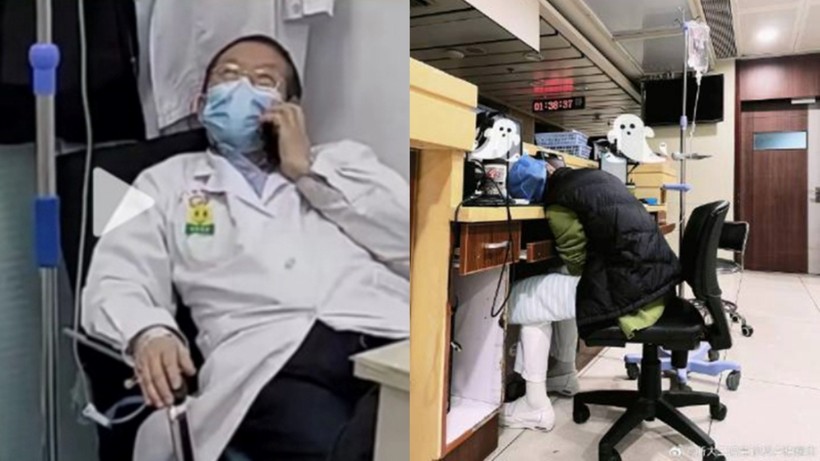
Japan, 2023, the flu season in Japan started earlier than usual and the flu epidemic lasted unusually long. The flu epidemic started in early September 2023, the number of flu patients increased by 57% in just 1 week, which is extremely unusual. The Japanese medical community agrees that the reason behind this is poor immunity, because Japan's real social easing only started in May 2023 (March no longer required required to wear masks and travel will be completely free from May).
At that time, Western countries loosened or tightened control based on the complicated developments of the epidemic, while China tightened it for nearly three full years. Furthermore, it is two-way, both in intensity and scope over three years.
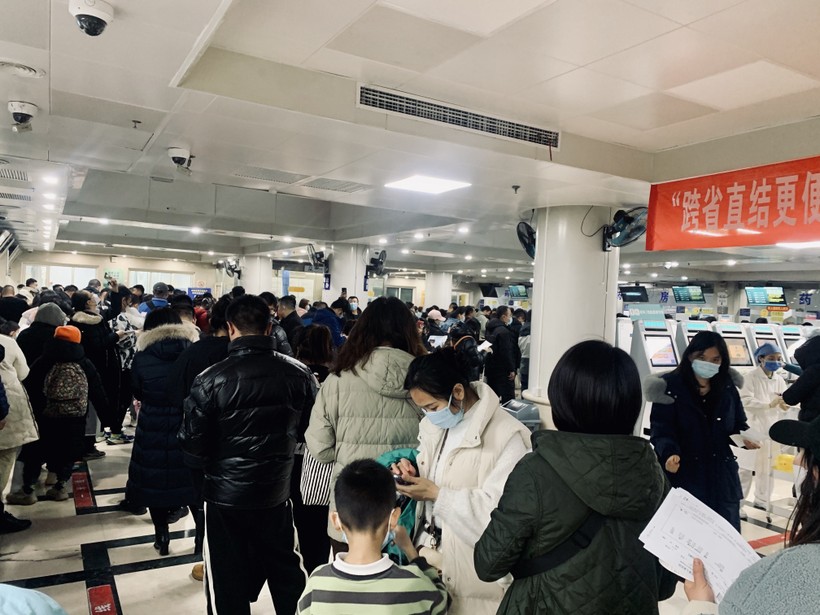
There were also people who criticized that the lockdown was really strict in 2022, but in 2020 and 2021, everyone lived in an environment as if there was no freely spreading COVID-19, RSV and flu? Speaking like that means they don't respect others and themselves.
The article concludes that the medical topic, like any other topic in the world, is essentially just a way of thinking and cognitive method. Unless participating in the field of basic research, R&D; in general, especially those areas that guide people's daily lives in maintaining a healthy and reasonable diet, exercising appropriately, preventing diseases and avoiding infections, anyone It's also possible to do it, as long as they have enough correct common knowledge in their heads, at least it won't be too wrong.









 Facebook
Facebook
 Tweet
Tweet
 Zalo
Zalo




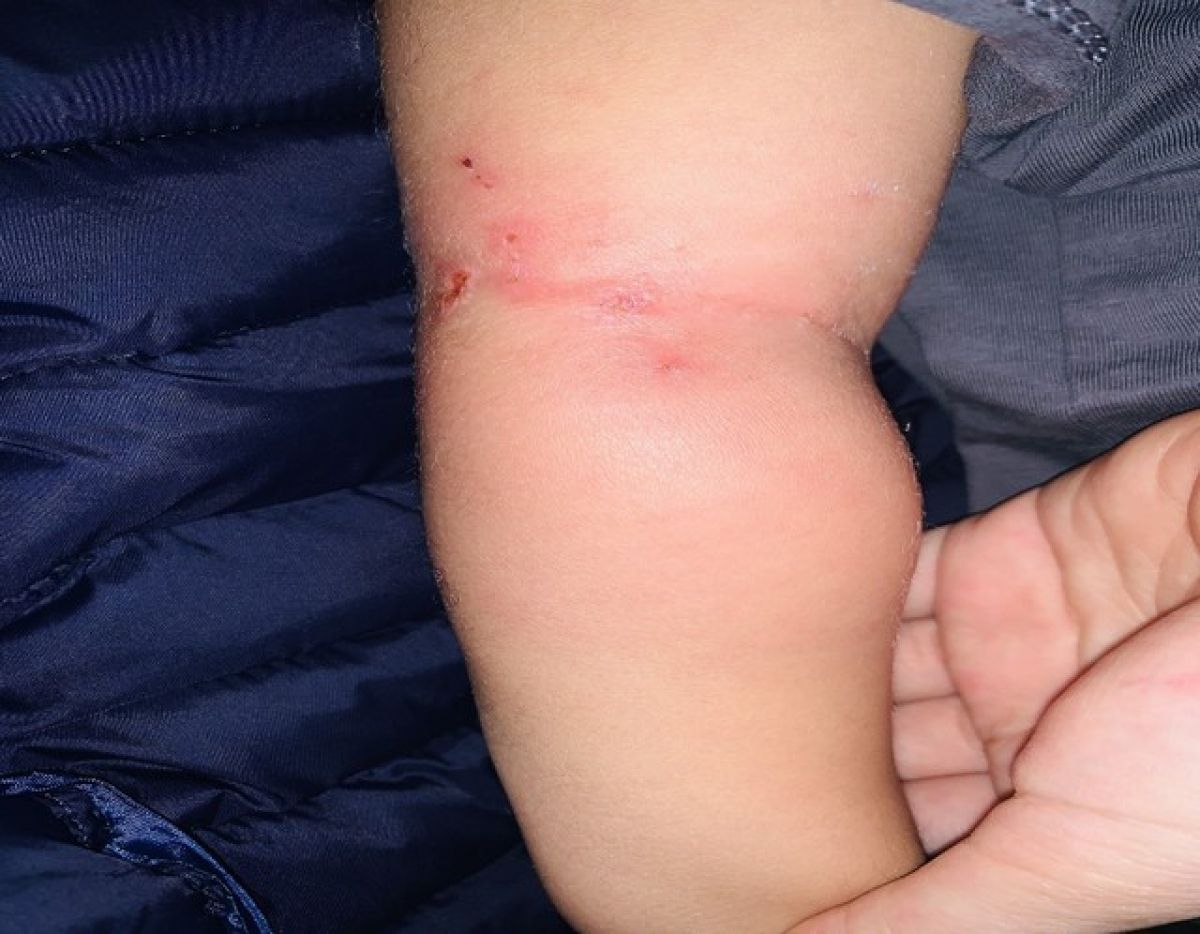


 News
News

















 Sign in with Facebook
Sign in with Facebook
 Sign in with Google
Sign in with Google